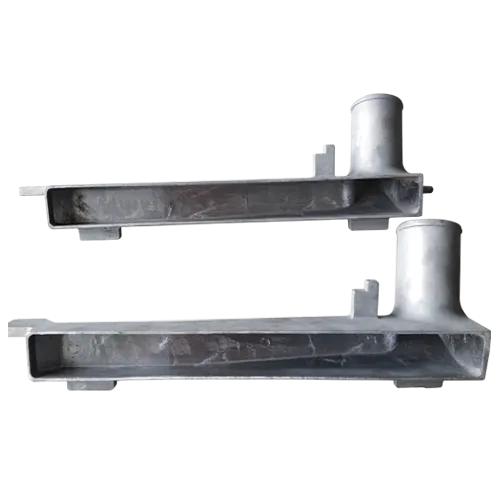Mobile:+86-311-808-126-83
Email:info@ydcastings.com
Techniques and Innovations in Bronze Casting for Sculptures and Artworks
The Art and Process of Bronze Casting
Bronze casting is an ancient technique that has played a crucial role in the development of art and technology throughout history. Originating over 5,000 years ago, this process involves the transformation of molten bronze into intricate shapes and forms, showcasing the remarkable craftsmanship of artisans and the cultural significance of the objects created. This article will explore the fundamental aspects of bronze casting, including its history, process, and contemporary applications.
Historical Background
The use of bronze, an alloy typically composed of copper and tin, marked a significant technological advancement from the previous use of pure metals. This innovation, known as the Bronze Age, allowed for stronger and more durable tools, weapons, and art. Civilizations such as the Mesopotamians, Egyptians, and Chinese were among the first to master bronze casting, producing everything from utilitarian objects to grand sculptures that expressed societal values and beliefs.
Ancient techniques, such as the lost-wax method, have been preserved and refined over the centuries. The lost-wax technique involves creating a model of the desired object in wax, covering it with a clay mold, and then heating it to melt away the wax, leaving a cavity into which molten bronze can be poured. This method allows for highly detailed and complex designs, making it ideal for artistic endeavors.
The Bronze Casting Process
1. Design and Modeling The first step in bronze casting involves conceptualizing and designing the desired object. Artists typically create a miniature model out of clay or wax to visualize the form and proportions.
2. Creating the Mold Once the design is finalized, it’s time to make the mold. If using the lost-wax method, the artisan will cover the wax model with a mixture of clay and sand to form a strong mold. The mold is then heated, causing the wax to melt away and leaving the negative impression of the object.
bronze casting

3. Melting the Bronze The next step involves melting the bronze alloy. This is achieved using a furnace or kiln, capable of reaching temperatures exceeding 900 degrees Celsius (1,650 degrees Fahrenheit). The molten bronze must be carefully monitored to ensure it reaches the optimal consistency for pouring.
4. Pouring the Bronze Once the bronze is ready, it is carefully poured into the mold. This step requires precision, as any spills or bubbles can ruin the final piece. After the bronze has cooled and solidified, the mold is broken away to reveal the rough cast.
5. Finishing Touches The final phase of bronze casting involves finishing the cast piece. This may include grinding, polishing, and patination to achieve the desired surface texture and color. Skilled artisans often apply various chemical treatments to create a patina, adding character and depth to the sculpture.
Contemporary Applications
Today, bronze casting continues to thrive as both a traditional craft and a means of modern artistic expression. Contemporary artists utilize this age-old technique to create new works that reflect current themes and aesthetics. In addition to fine art, bronze casting is also used in various industries, including the production of medals, awards, and architectural elements, where durability and elegance are paramount.
Moreover, advancements in technology have introduced innovative methods of bronze casting. 3D printing and computer-aided design (CAD) have broadened the possibilities for artists, allowing for greater experimentation and precision in the creation of intricate designs.
Conclusion
Bronze casting is not just a method of producing objects; it is a rich artistic tradition that spans millennia. From its ancient origins to contemporary applications, the art of bronze casting embodies human creativity and ingenuity. As artists continue to explore and push the boundaries of this technique, the legacy of bronze casting remains a testament to the enduring power of craftsmanship and artistic expression. Through its blend of tradition and innovation, bronze casting will undoubtedly continue to inspire and captivate future generations.
-
Why Should You Invest in Superior Pump Castings for Your Equipment?NewsJun.09,2025
-
Unlock Performance Potential with Stainless Impellers and Aluminum End CapsNewsJun.09,2025
-
Revolutionize Your Machinery with Superior Cast Iron and Aluminum ComponentsNewsJun.09,2025
-
Revolutionize Fluid Dynamics with Premium Pump ComponentsNewsJun.09,2025
-
Optimizing Industrial Systems with Essential Valve ComponentsNewsJun.09,2025
-
Elevate Grid Efficiency with High-Precision Power CastingsNewsJun.09,2025











